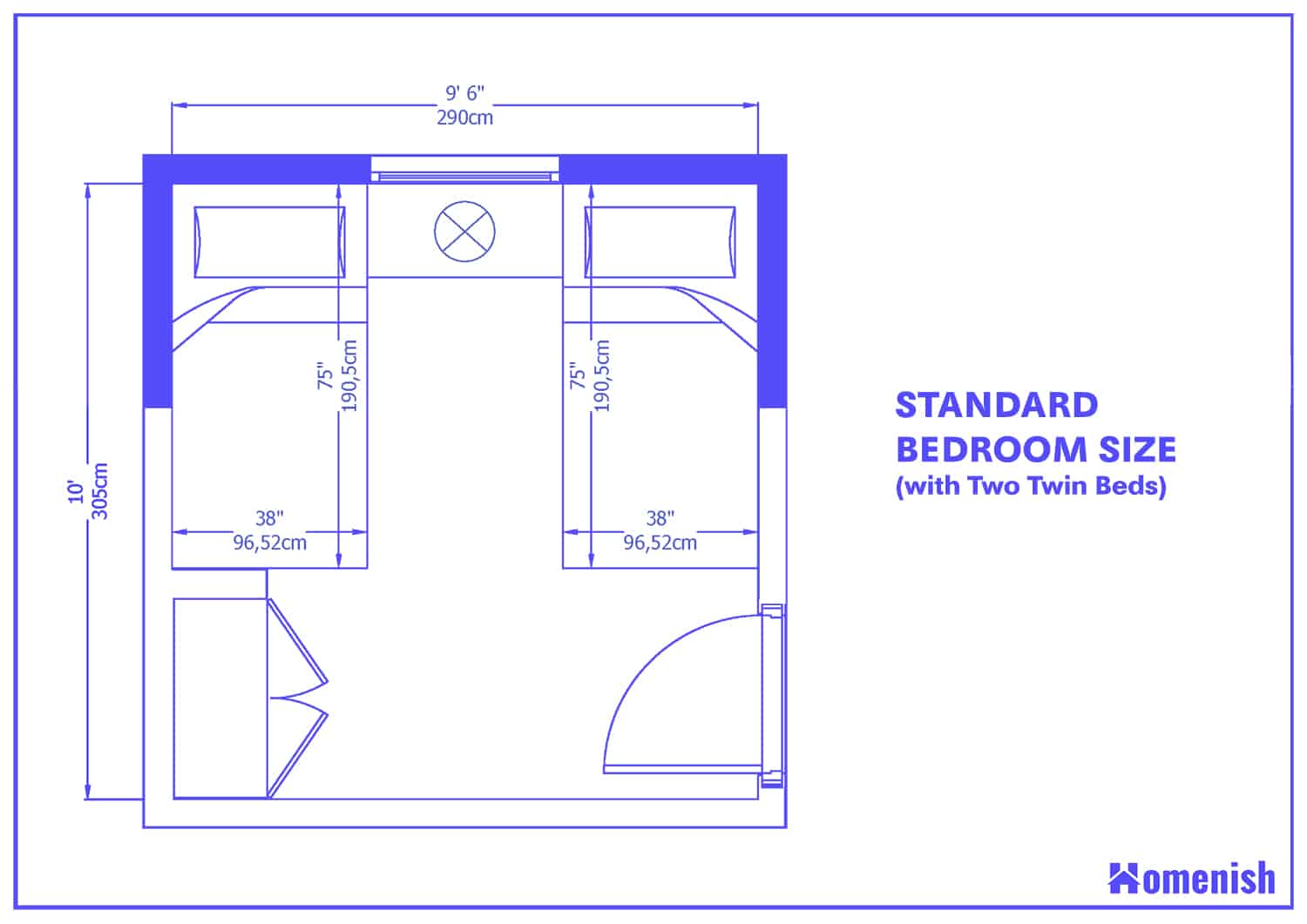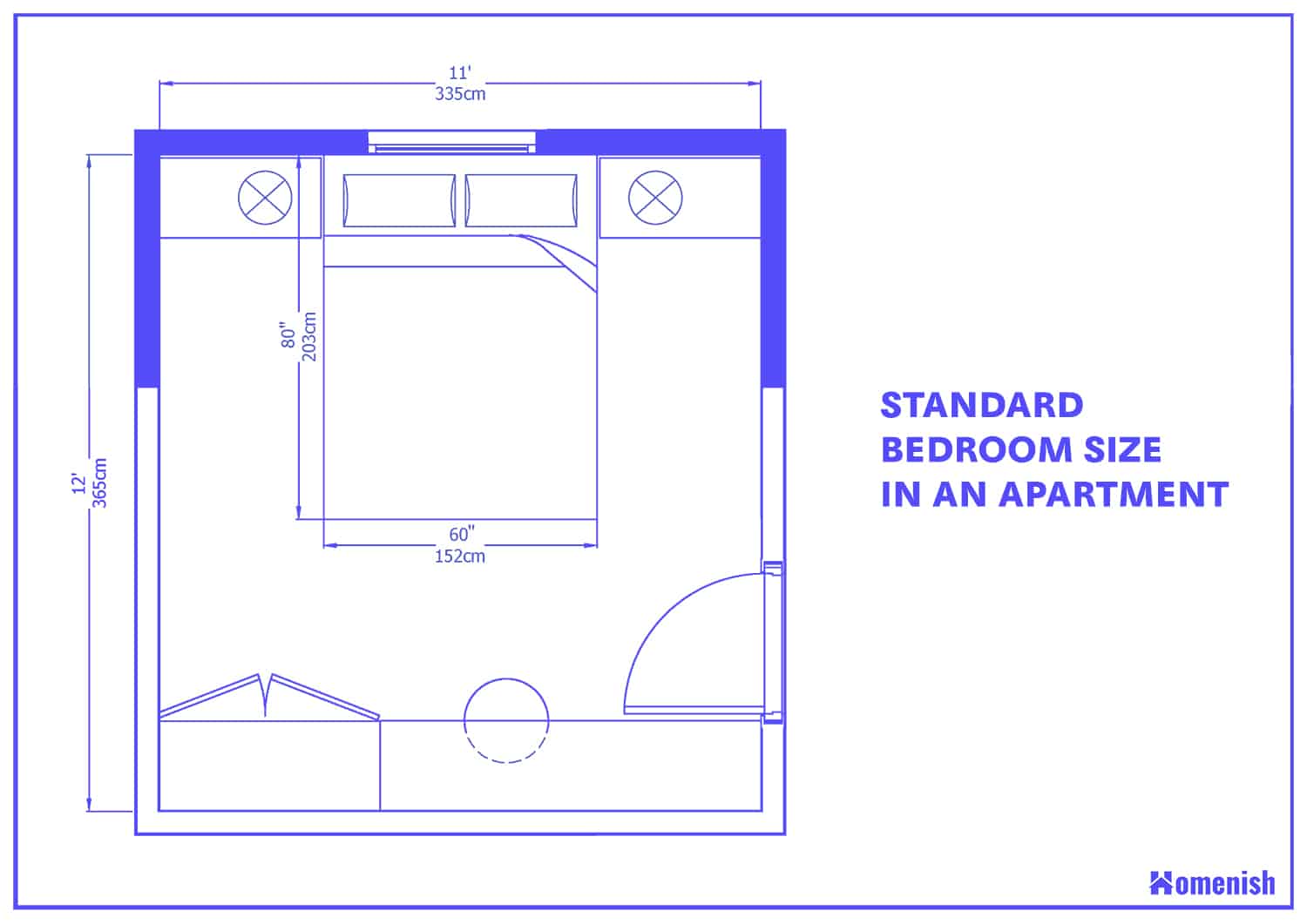Understanding Average 2-Bedroom House Size

The average size of a 2-bedroom house is a common question among homebuyers, real estate agents, and even architects. Understanding this average can provide valuable insights into the typical living space available in a 2-bedroom home, but it’s crucial to remember that “average” is just a starting point.
The average size of a 2-bedroom house is influenced by a variety of factors, including location, construction era, and housing market trends. Let’s dive deeper into these factors and explore how they shape the average size of a 2-bedroom home.
Factors Influencing Average Size
Location plays a significant role in determining the average size of a 2-bedroom house. In densely populated urban areas, space is often at a premium, leading to smaller average house sizes compared to suburban or rural areas. For example, a 2-bedroom house in Manhattan might be significantly smaller than a 2-bedroom house in a suburb of Chicago.
Construction era also influences the average size of a 2-bedroom house. Older homes, built before the mid-20th century, tend to have smaller floor plans than newer homes. This is due to changing building codes, design trends, and evolving family sizes. For instance, a 2-bedroom house built in the 1920s might be significantly smaller than a 2-bedroom house built in the 2010s.
Housing market trends also play a role in determining the average size of a 2-bedroom house. In a booming housing market, builders may prioritize larger homes to cater to buyers’ demand for more space. Conversely, in a sluggish market, builders may opt for smaller homes to keep prices competitive.
Historical Evolution of 2-Bedroom House Sizes
The average size of a 2-bedroom house has evolved significantly over time, reflecting changing societal norms, economic conditions, and architectural styles.
- Early 20th Century: In the early 20th century, 2-bedroom houses were often smaller, with an average size of around 800-1,000 square feet. This was a time when families tended to be smaller, and many people lived in multi-generational households.
- Mid-20th Century: The post-World War II era saw a surge in suburban development, with larger homes becoming increasingly popular. The average size of a 2-bedroom house increased to around 1,200-1,500 square feet. This was driven by the growth of the middle class, the rise of the nuclear family, and the availability of affordable land.
- Late 20th Century and Early 21st Century: As land became more expensive and environmental concerns grew, there was a trend toward smaller and more efficient homes. The average size of a 2-bedroom house remained relatively stable, with some variations depending on location and market conditions.
Examining Average 2-Bedroom House Size Across Different Regions: Average 2 Bedroom House Size M2

It’s a well-known fact that real estate is a game of location, location, location. But did you know that the average size of a 2-bedroom house can vary significantly depending on where you’re looking? This is because the housing market is influenced by a variety of factors, including local economic conditions, building regulations, and cultural preferences.
Average 2-Bedroom House Size by Region
This table displays the average size of a 2-bedroom house in square meters for various regions around the world.
| Region | Average 2-Bedroom House Size (m²) |
|---|---|
| North America (US & Canada) | 120 – 150 |
| Europe (Western) | 80 – 110 |
| Asia (Japan, South Korea, China) | 60 – 90 |
| Australia | 100 – 130 |
| South America (Brazil, Argentina) | 80 – 100 |
Factors Influencing Average House Size, Average 2 bedroom house size m2
The average size of a 2-bedroom house can be influenced by a variety of factors, including:
* Land Availability and Cost: In areas with limited land availability or high land costs, homes tend to be smaller. For example, in major cities like New York or Tokyo, where land is scarce and expensive, developers often build smaller homes to maximize profits.
* Building Regulations: Building codes and zoning regulations can also impact the size of homes. Some areas may have minimum lot size requirements or restrictions on the height of buildings, which can limit the size of homes.
* Cultural Preferences: Cultural preferences also play a role in the size of homes. In some cultures, spacious homes are considered a status symbol, while in others, smaller homes are preferred for reasons of practicality or affordability.
* Economic Conditions: The economic climate can also influence the size of homes. In times of economic prosperity, people may be more likely to purchase larger homes. Conversely, during economic downturns, smaller and more affordable homes may be in higher demand.
Implications for Buyers and Sellers
The variations in average house size across different regions have important implications for potential buyers and sellers.
* Buyers: Buyers should be aware of the average house size in their target region and adjust their expectations accordingly. In areas with smaller average house sizes, they may need to compromise on space or consider alternative housing options like townhouses or apartments.
* Sellers: Sellers should also consider the average house size in their region when pricing their property. A home that is significantly larger or smaller than the average may be more difficult to sell or may require a price adjustment.
